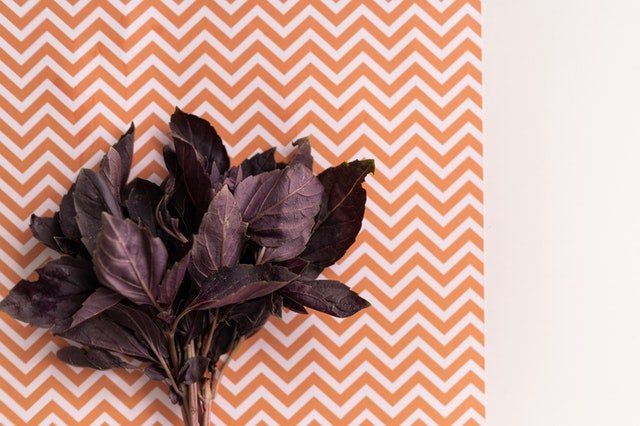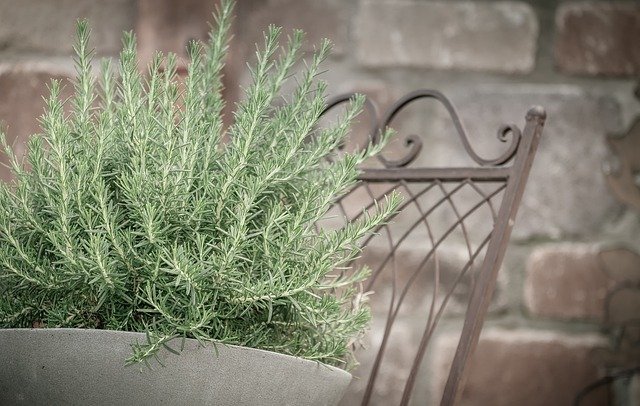Did you know that you can grow and harvest basil indoors all year long? It’s true! In this article, we will discuss how to do just that. First, we will discuss the benefits of growing and harvesting your own basil indoors. Then, we will provide a step-by-step guide on how to do it. Finally, we will provide some tips on how to get the most out of your indoor basil harvest.
Basil is a delicious and aromatic herb that is commonly used in cooking. It is also known for its many health benefits. Some of these benefits include reducing inflammation, boosting immunity, and aiding in digestion. Basil is also a great source of antioxidants.
Growing and harvesting your own basil indoors has many benefits. For one, it allows you to have a continuous supply of fresh basil all year long. It also allows you to control the environment in which your basil is grown. This means that you can ensure that your basil plants are receiving the optimal amount of light, water, and nutrients.

Now that we’ve discussed the benefits of growing and harvesting basil indoors, let’s get into how to do it.
1. Start by purchasing a basil plant from your local nursery or garden center. If you are starting with seeds, you will need to start them indoors in late winter or early spring. Some tips in purchasing your first basil plant include:
– Look for a plant that is hearty and robust. Avoid any plants that look wilted or unhealthy.
– If you are starting with seeds, look for a variety that is known to be easy to grow indoors. Some examples include Genovese basil, sweet basil, and Thai basil.
2. Light requirement for basil to grow indoors. Herbs are generally quite easy to grow indoors, as long as you provide them with the right growing conditions. For basil, that means plenty of light. This plant prefers full sun, so if you’re growing it indoors, make sure to place it in a south- or west-facing window.
If you don’t have a spot that gets that much direct sunlight, you can supplement with grow lights. Basil also needs warmth to thrive, so keep the temperature above 60 degrees Fahrenheit. And make sure the plant has good air circulation to prevent fungal diseases. With a little care, you can enjoy fresh basil year-round.
3. Water your basil plant regularly. Watering is one of the most important aspects of taking care of a basil plant. The soil should be kept moist, but not soggy. Over-watering can lead to problems such as root rot, so it is important to water only when the soil is dry to the touch. conventionally, it is recommended to water once a week.
However, this may need to be adjusted based on the climate and the pot size. For example, in hot weather or if the pot is small, the plant may need to be watered more frequently. Conversely, in cool weather or if the pot is large, the plant may need to be watered less often. Basil plants also benefit from being misted with water, which helps to keep the leaves from drying out. As a general rule, it is best to err on the side of too little water rather than too much. If the leaves start to wilt or turn brown, however, that is an indication that the plant needs more water.
4. Basil is a popular herb that is often used to add flavor to recipes. If you grow basil indoors, you may be wondering when the best time to harvest it is. There are a few things you can look for to know if your basil is ready to be picked. First, check the size of the leaves. They should be at least 2-3 inches long.
Next, look at the color of the leaves. They should be a deep green color. Finally, give the leaves a gentle squeeze. If they are soft and pliable, they are ready to be picked. When harvesting basil, it is important to use sharp scissors or a knife so that you do not damage the plant. Cut the leaves off at the stem, being careful not to take too much off at once. Basil can be stored in a plastic bag in the refrigerator for up to 2 weeks. Enjoy your freshly harvested basil in your favorite recipes!

5. One of the great things about leafy greens is that they can be harvested multiple times throughout the growing season. Once you have picked all the leaves you want, simply allow the plant to regrow and then harvest again a few weeks later. This method is especially effective with fast-growing greens like lettuce and spinach. Not only will you get more bang for your buck, but successive harvests also tend to be cleaner and easier since the plants are smaller. So next time you’re in the garden, don’t be afraid to take a second harvest of your leafy greens!
Now that you know how to grow and harvest basil indoors, here are a few tips to get the most out of your plants:
– When harvesting, only take the leaves that you need. This will allow the plant to continue growing and producing more leaves.
– If you notice that your basil plant is starting to flower, cut off the flowers. This will prevent the plant from going to seed and will encourage it to produce more leaves.
– Try different methods of cooking with your basil leaves. You can chop them up and add them to salads, pizzas, kinds of pasta, or soups. Or, you can dry or freeze the leaves for later use.
With these tips in mind, you should be able to get a lot of use out of your indoor basil plants. So, go out and get growing!

Gardening is my passion and growing plants indoors has always been a stress relief for me. Grow a banana tree in my apartment once (although failed to produce bananas).






